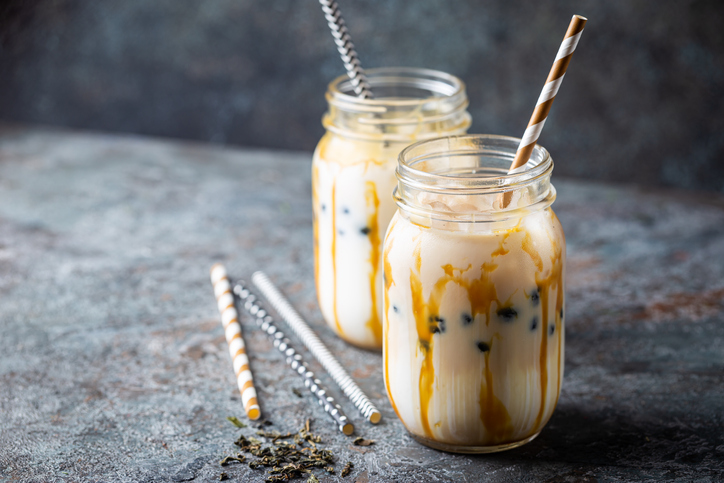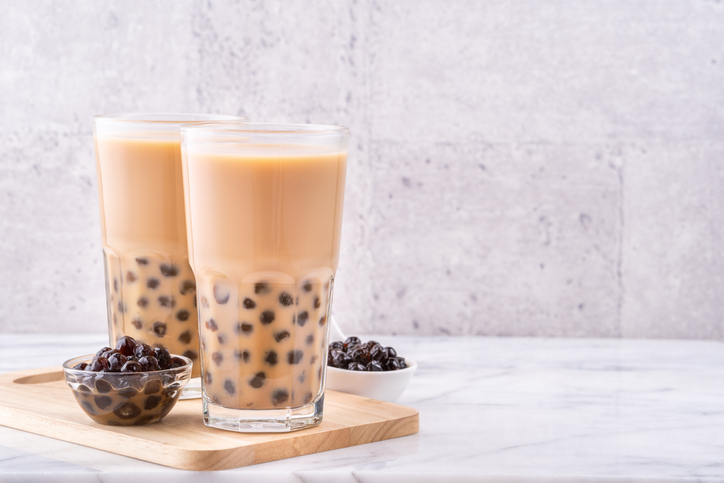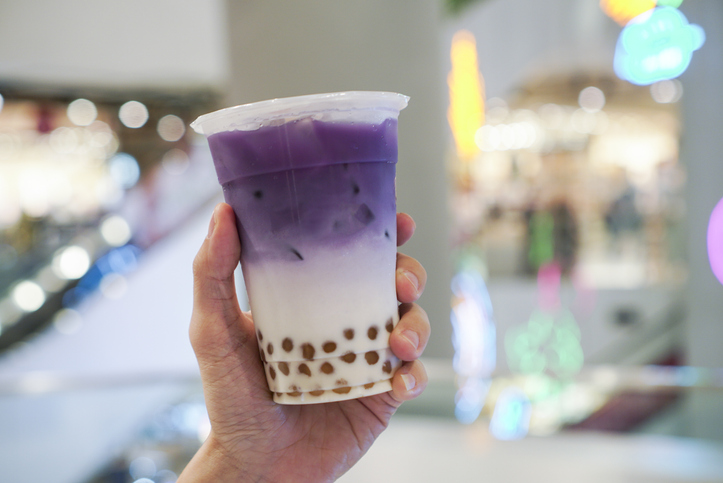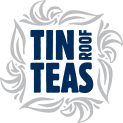Bubble Tea’s Global Takeover: Weighing the Pros and Cons

“Bubble tea” is a tea-based drink that is traditionally made with black tea, sugar, milk, and tapioca balls. It is commonly referred to as “boba” or “pearl milk tea.” It is served with a thick straw so that the tapioca pearls can be enjoyed in harmony with the drink. Shops that offer this specialty drink are sprouting up all over, and the craze isn’t just contained in the United States. This desserty drink originated in Taiwan but has since grown a presence all over East Asia and is now commonly enjoyed in Europe and North America. The trend of bubble tea is easy to understand. It’s a sweet, fun, and indulgent way to enjoy tea.
Bubble tea’s dramatic success in the west has led to a lot of positives. Meeting over bubble tea has become a popular pastime among youth and has become a symbol of summertime get-togethers. Bubble tea has inspired many more experimental tea drinks—and by extension increased the popularity of tea in general! Sales of this luxury drink have meant a boost for many locally-owned cafes, and its quickly spreading popularity is indicative of the increasingly positive influence of Taiwanese culture in the US.

Unfortunately, there is also a downside to the bubble tea boom that stems from misinformation. Tea is commonly thought of as being healthy. Many people believe the syrupy beverages they consume are good for them if they have “tea” somewhere in the name. Sadly, “healthy” does not apply to bubble tea. Bubble teas are very calorie-dense and are usually made with a lot of sugar. A 16 oz bubble tea is somewhere in the range of 300 calories. Many cafes use sugary premixes and flavored syrups that can easily add an extra 100-200 calories to that total. And thanks to those tapioca pearls, you’re essentially gulping down a small meal.
This shouldn’t discourage you from enjoying bubble tea. It’s a fantastic treat! But it should be considered a dessert beverage, not a health drink. The average bubble tea is much more milk than it is tea. The benefits you would be receiving from the base tea are negligible when considering all the sugar and cream you’ll be putting into your system. Bubble tea is more comparable to a milkshake than it is the typical cup of brewed tea. With this in mind, we think bubble tea is something that should be enjoyed sparingly instead of every day.
Bubble tea is also the source of a lot of plastic waste. Bubble tea is usually served in plastic cups with a plastic film covering, and a large plastic straw. There are a lot of plastic components that go into the typical bubble tea that are hard to recycle. In countries such as Japan and Korea, stricter rules are imposed in disposing plastics, which makes it difficult to dispose of bubble tea packaging unless the cups are clean of food debris. Weight-conscious teens who do not desire to finish off the tapioca pearls often end up discarding cups on the street. This trend led to such a widespread littering problem that large cities such as Harajuku resorted to creating trash bins just for bubble tea waste. In countries such as the US, most bubble tea waste ends up in landfills.
Wishing for a way to enjoy bubble tea while being calorie conscious and environmentally friendly? Luckily, we found a way to do just that: making bubble tea at home. By making bubble tea at home, not only can you reduce the use of plastics by using glassware, but you can control the amount of sugar and tapioca, as well as the type of milk that goes into your drink. Limiting the amount of sugar and tapioca pearls that goes into a 16 oz bubble tea can cut the calories down by a lot. Plus, you can use low-fat milk or milk alternatives. Another benefit of making bubble tea at home is that you get to choose your favorite tea as the base. We recommend a dark, bold black tea. Earl Grey or Jasmine teas make an especially flavorful starting point. Assam and Ceylon teas are also good options. You could also try matcha if you want to take it in more of a green tea latte direction!

The only downside of concocting your own bubble tea creations at home is cooking the tapioca balls. It’s easy enough to find them—these days tapioca pearls can easily be procured online or from any local Asian supermarket—but cooking them can take a while. There are brands of tapioca pearls made specifically for bubble tea with prep-time as low as 5-minutes, but they still usually require you turn on your stove and boil some water. Still, if you’re willing to set aside 5-minutes to prep your pearls, you can create a healthier, environmentally friendly alternative to the average bubble tea served in stores.
We are no stranger to bubble tea cravings. At Tin Roof Teas we believe in treating yourself! Like all desserts, however, bubble tea is meant to be enjoyed in moderation.

